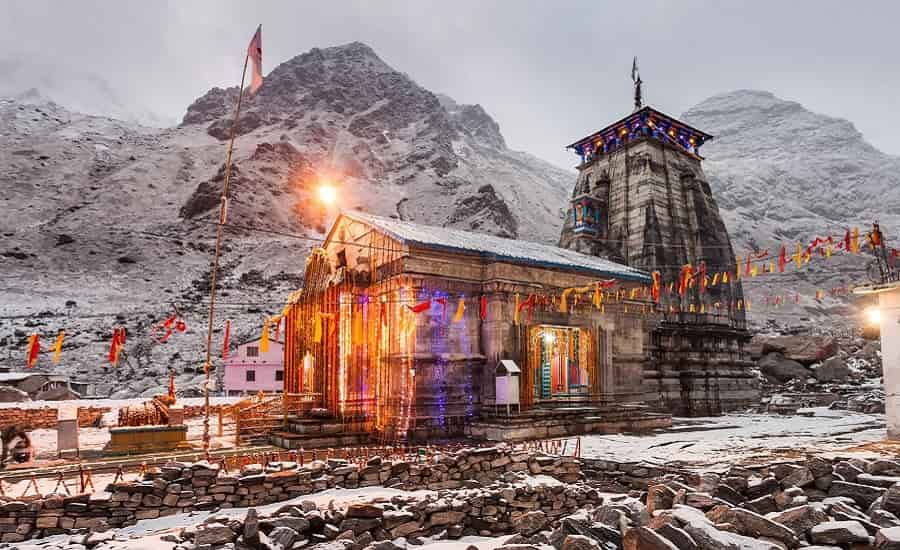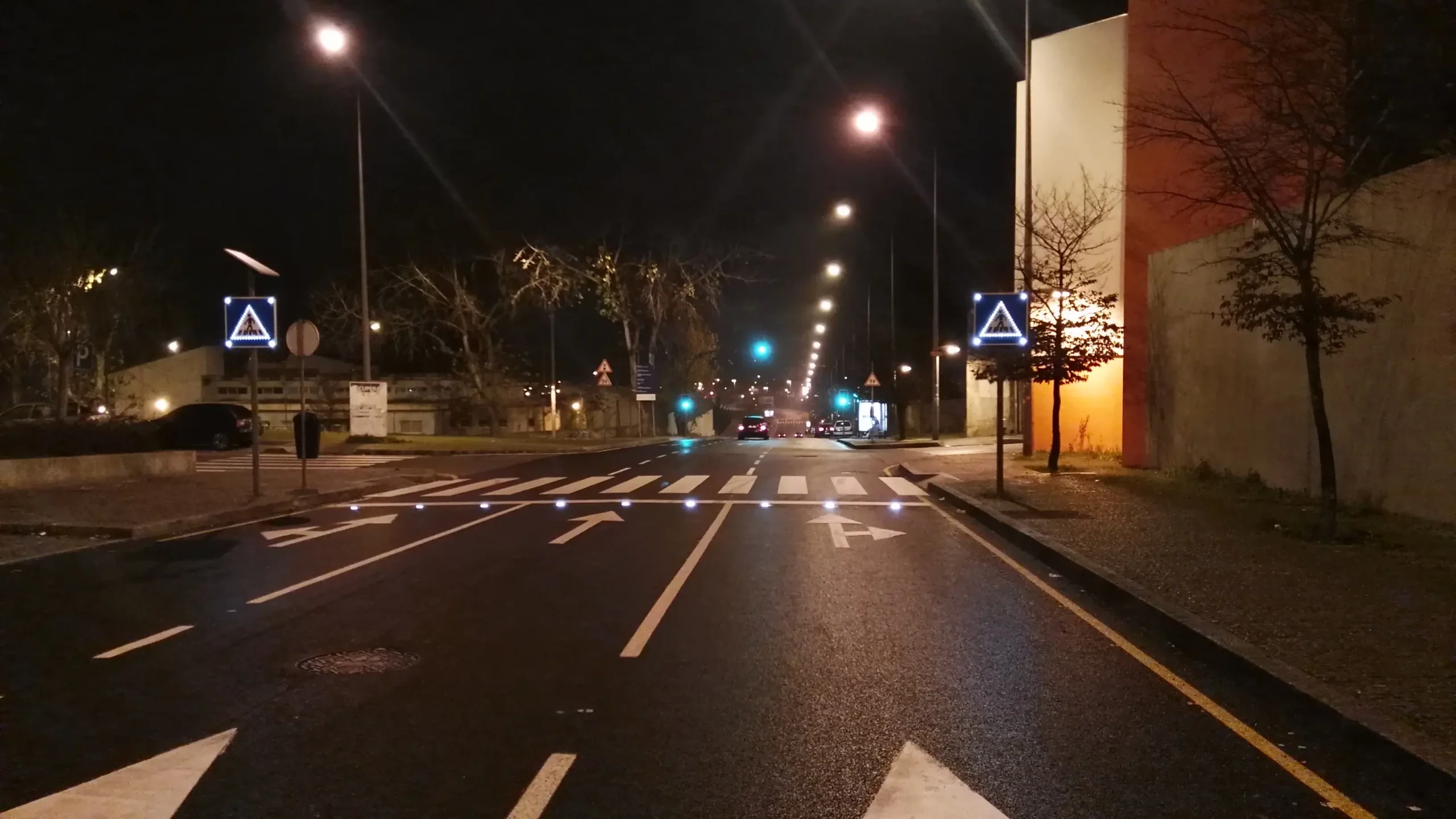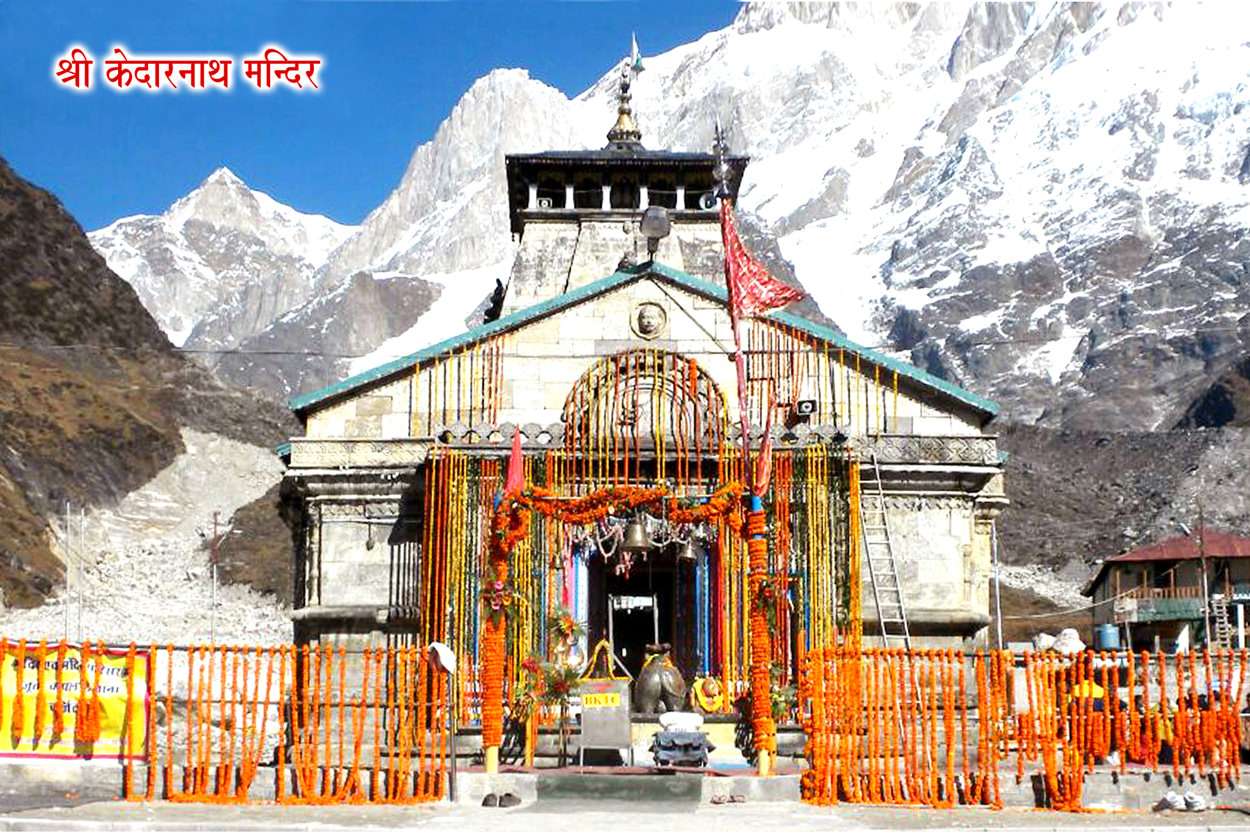Bullet train, also known as high-speed trains, are a type of passenger train. That operates at significantly higher speeds than traditional trains. The term “bullet train” is often associated with the Shinkansen, Japan’s high-speed rail network. Which was the world’s first and has been in operation since 1964. However, many other countries have developed their own high-speed rail systems, each with its own technology and branding.
Key features of bullet trains include:
High Speeds:
Bullet trains are designed to travel at speeds much higher than conventional trains. Typically exceeding 250 km/h (155 mph). Some can reach speeds of 300 km/h (186 mph) or more.
Streamlined Design:
The exterior design of bullet trains is often streamlined to reduce air resistance and enhance aerodynamics. This helps the trains achieve and maintain high speeds.
Dedicated Tracks:
High-speed rail systems typically have dedicated tracks, separate from slower train services. This allows the trains to operate at their maximum speeds without interference from slower-moving trains.
Advanced Technology:
Bullet trains incorporate advanced technologies to ensure safety, efficiency, and comfort. This includes sophisticated signaling systems, advanced braking systems, and often features like tilting mechanisms to enable the train to navigate curves at high speeds.
Efficiency and Environmental Benefits:
High-speed trains are often more energy-efficient and environmentally friendly compared to other forms of transportation. Especially when compared to air travel for similar distances. They can contribute to reducing traffic congestion and lowering carbon emissions.
Japan’s Shinkansen:
The concept of the bullet train originated in Japan. With the introduction of the Shinkansen in 1964, just in time for the Tokyo Olympics. The Shinkansen revolutionized bullet train travel with its high speeds, efficiency, and safety features.
Maglev Technology:
Some bullet trains use magnetic levitation (maglev) technology. Which allows the train to float above the tracks, reducing friction and enabling even higher speeds. Maglev trains have been developed and tested in various countries, with China having one of the most advanced maglev systems.
Global Adoption:
While the Shinkansen in Japan is perhaps the most famous example. High-speed rail systems have been implemented in several countries around the world. China, France, Germany, Spain, and others have developed extensive high-speed rail networks.
Efficiency and Sustainability:
Bullet trains are often considered more energy-efficient and environmentally friendly compared to other modes of transportation. Particularly for medium- to long-distance travel. They can reduce the reliance on air travel for certain routes, contributing to sustainability goals.
Infrastructure Development:
The implementation of high-speed rail requires significant investment in infrastructure, including dedicated tracks, stations, and advanced signaling systems. However, the benefits in terms of reduced travel times and increased capacity can be substantial.
Safety:
Bullet trains are designed with a strong emphasis on safety. Advanced signaling systems, track maintenance, and safety features contribute to their overall safety record.
Connectivity:
High-speed rail networks aim to connect major cities. Reducing travel time between them and promoting economic development in the regions served by the rail lines.
Several countries, in addition to Japan, have developed and implemented high-speed rail networks. Including China, France, Germany, Spain, South Korea, and others. The technology continues to evolve, with ongoing efforts to increase speeds, improve energy efficiency, and expand high-speed rail networks globally.
Here are some of the fastest high-speed trains:
Shanghai Maglev (China):
The Shanghai Maglev train is not only the fastest in China. But also holds the record as the fastest commercial train in the world. It can cover up to 431 km/h (268 mph).
Fuxing Hao (China):

The Fuxing Hao, or “Rejuvenation,” is a series of high-speed trains in China. Including the CR400AF and CR400BF models. They operate at speeds up to 350 km/h (217 mph) on certain routes.
AGV Italo (Italy):
The AGV (Automotrice à grande vitesse) Italo is an Italian high-speed train. That can reach speeds of up to 360 km/h (224 mph). It operates on the Italian high-speed rail network.
Shinkansen N700 Series (Japan):
The N700 series is a high-speed train in Japan that operates on the Shinkansen lines. It has a maximum operating speed of 300 km/h (186 mph).
ICE 3 (Germany):

The ICE 3 (InterCityExpress) is a high-speed train in Germany. That can reach speeds of up to 330 km/h (205 mph). It operates on various routes, including the German high-speed rail network.
THSR 700T (Taiwan):
The Taiwan High-Speed Rail (THSR) 700T can operate at speeds of 300 km/h (186 mph). It connects major cities in Taiwan, offering efficient transportation services.
TGV Duplex (France):
The TGV Duplex is a French high-speed train. That operates at speeds of up to 320 km/h (199 mph). It is known for its double-decker design and serves various routes in France and beyond.
Eurostar e320 (International):

The Eurostar e320 is a high-speed train that connects cities like London, Paris, and Brussels. It can reach speeds of up to 320 km/h (199 mph).
Alstom Avelia Euroduplex (France):
The Euroduplex is a double-deck, high-speed train used in France and other European countries. It has a maximum speed of 320 km/h (199 mph).
Haramain High-Speed Railway (Saudi Arabia):

The Haramain High-Speed Railway connects the cities of Mecca and Medina in Saudi Arabia. The trains, such as the Talgo 350, can operate at speeds of up to 300 km/h (186 mph).
Please note that new trains and advancements in technology may have led to changes in this ranking. And I recommend checking the latest sources for the most up-to-date information on the fastest high-speed trains.
Internal link: emitsnews





